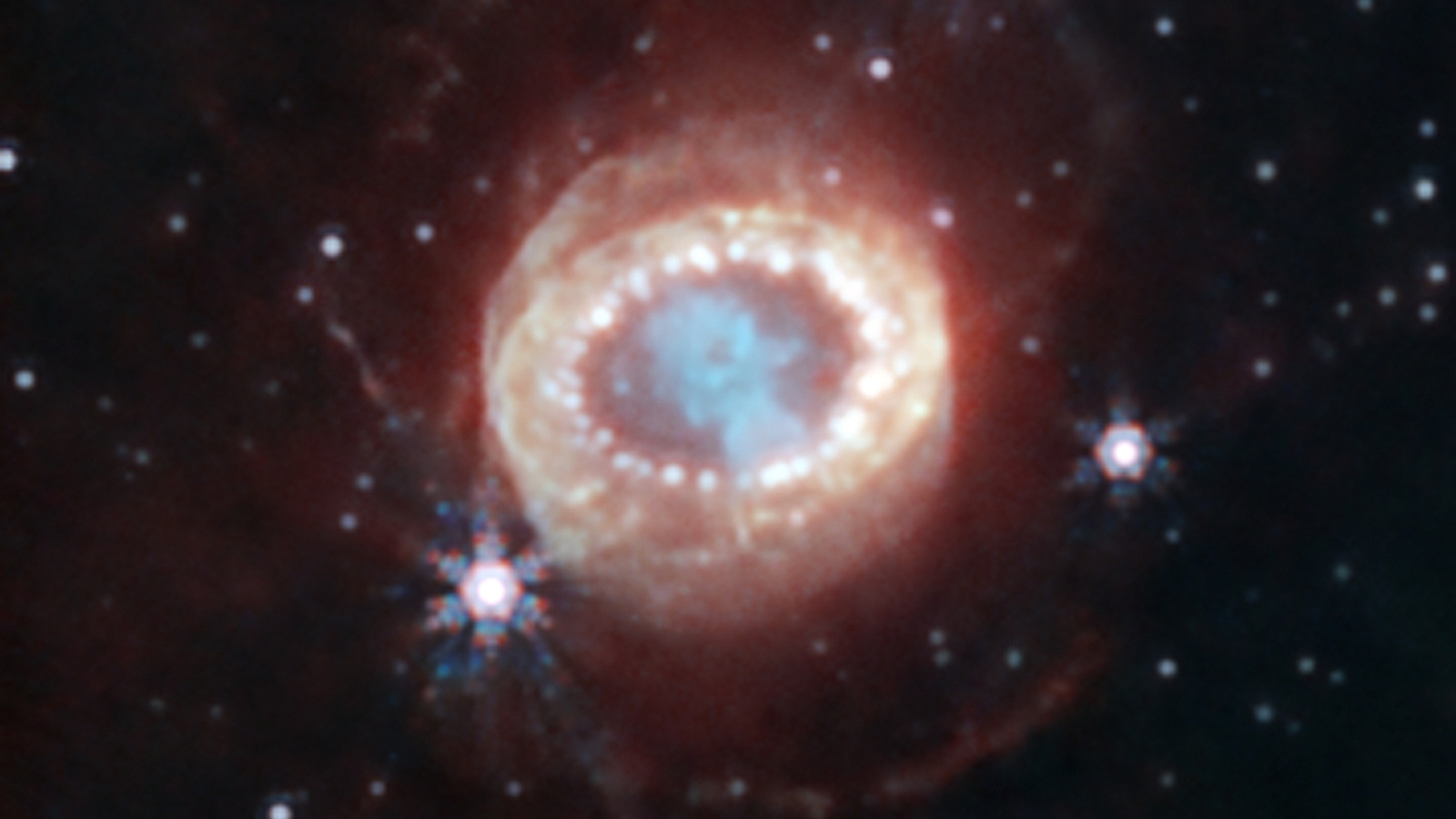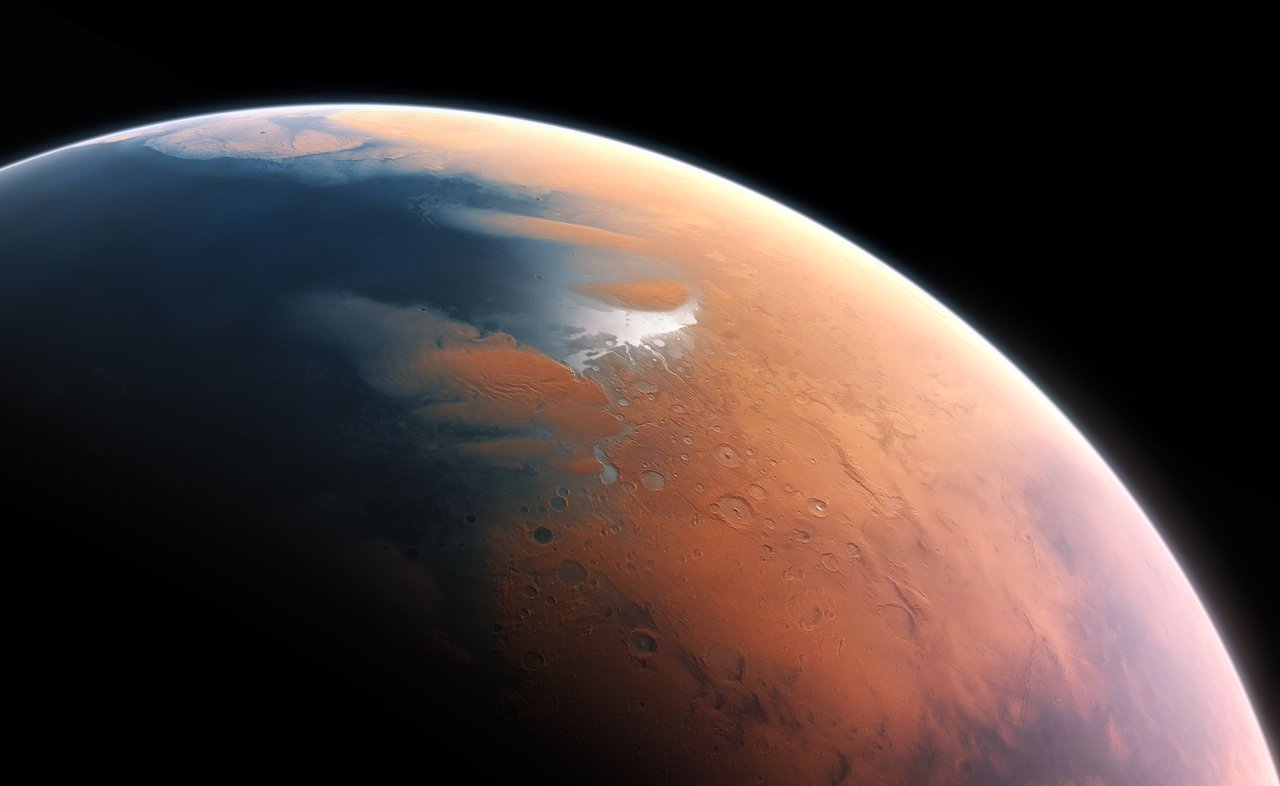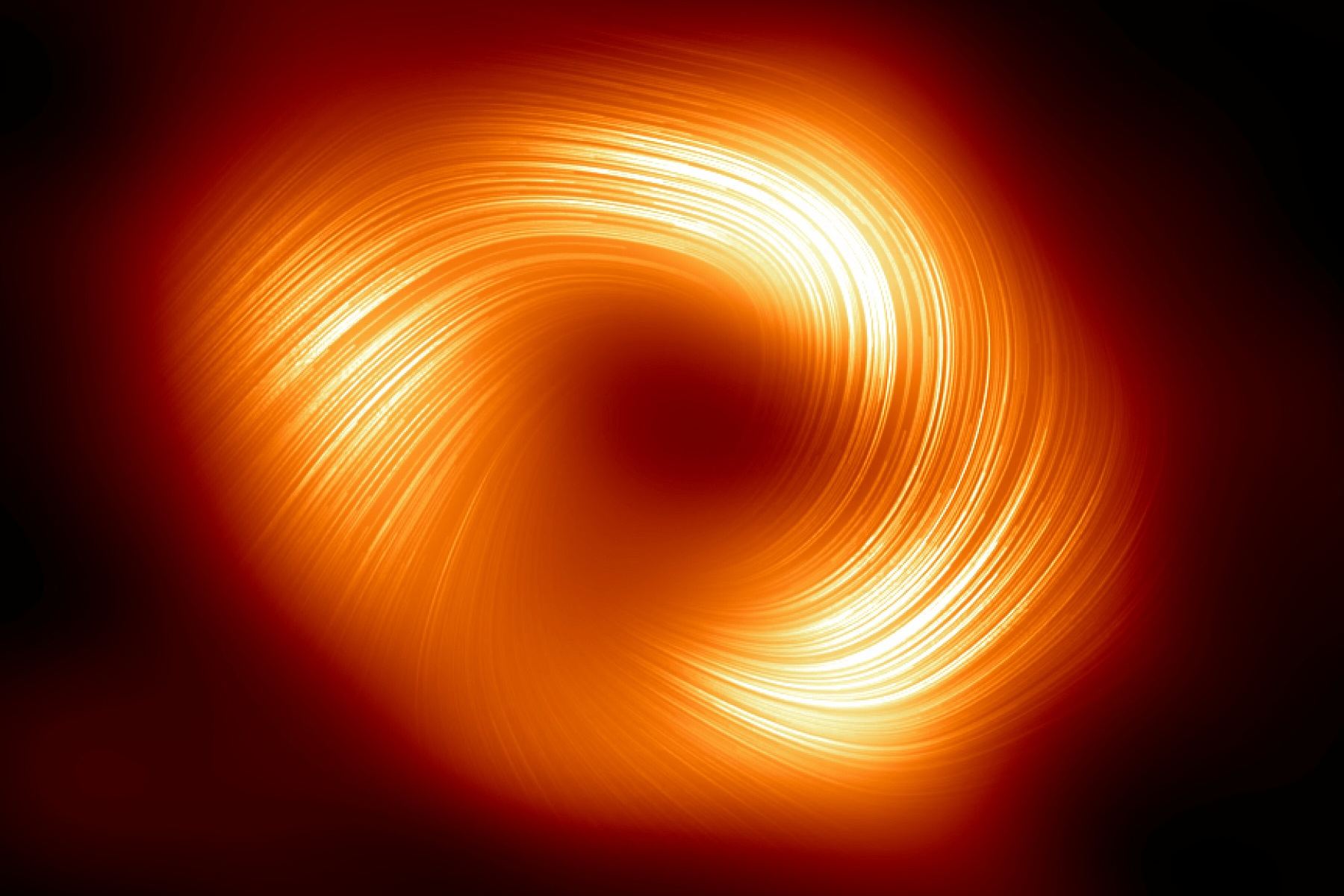When Albert Einstein introduced his theory of general relativity in 1915, it changed the way we viewed the Universe. His gravitational model showed how Newtonian gravity, which had dominated astronomy and physics for more than three centuries, was merely an approximation of a more subtle and elegant model. Einstein showed us that gravity is not a mere force but is rather the foundation of cosmic structure. Gravity, Einstein said, defined the structure of space and time itself.
Continue reading “Einstein Predicted How Gravity Should Work at the Largest Scales. And He Was Right”Einstein Predicted How Gravity Should Work at the Largest Scales. And He Was Right










